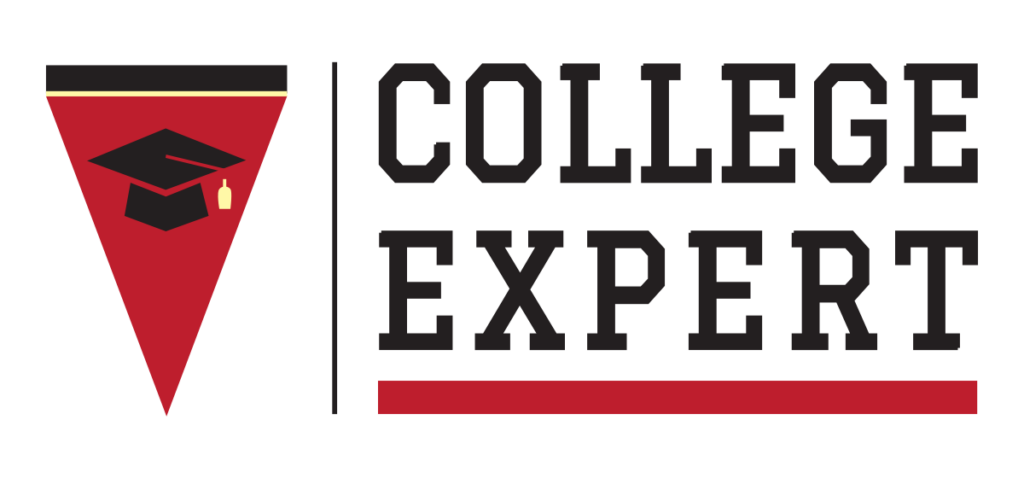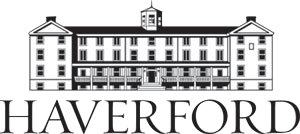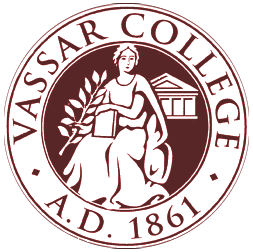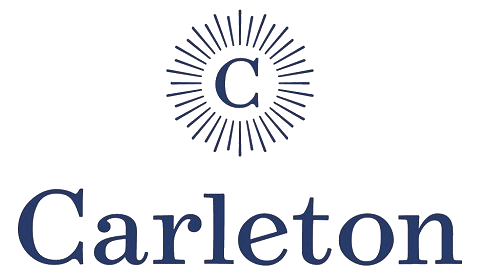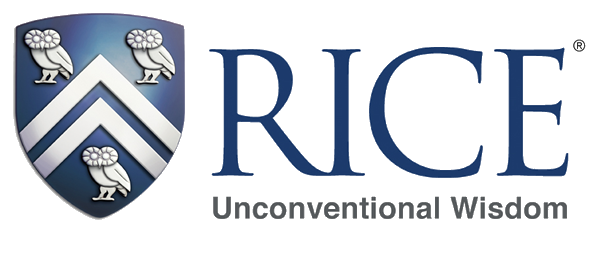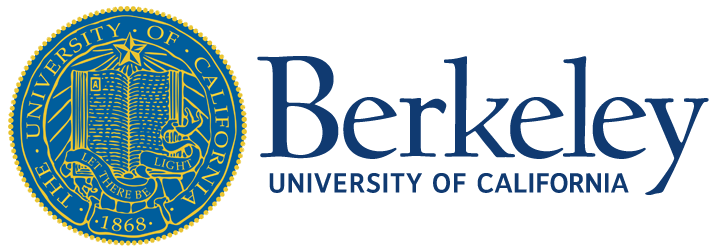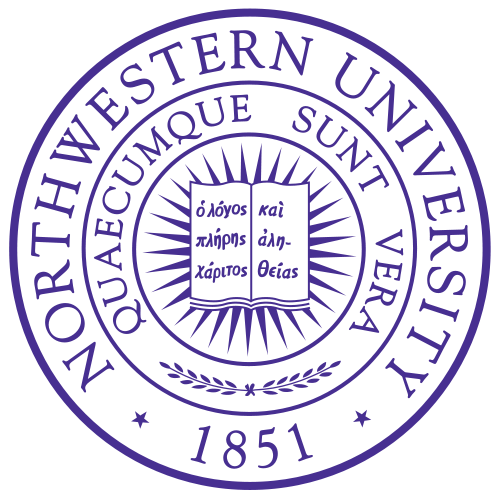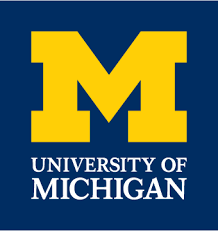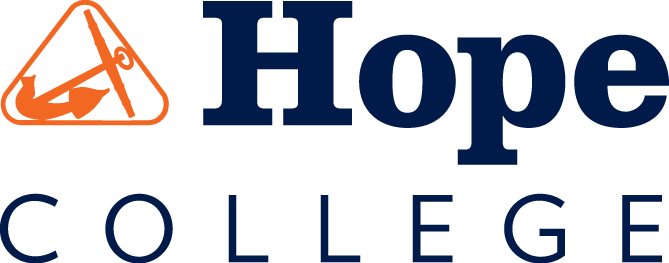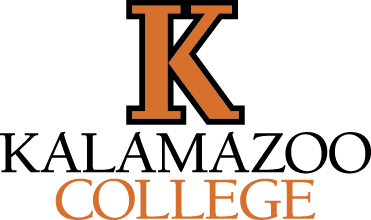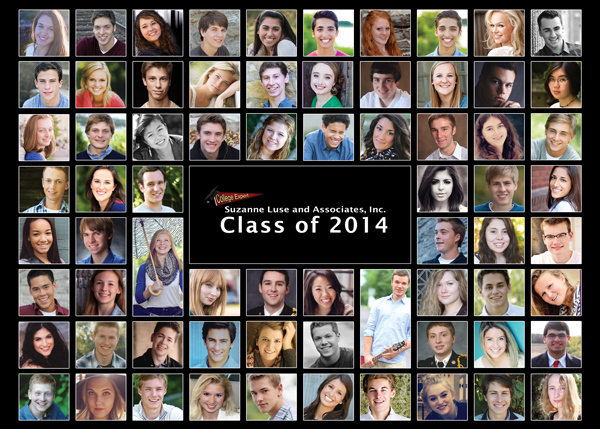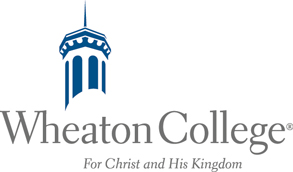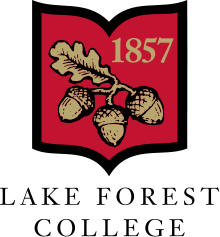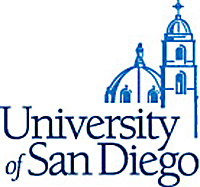By Sue Luse
About
Whittier College is a small, private liberal arts college in the heart of Southern California. Founded by the Quakers in 1877, this is no longer a Quaker institution, but still holds Quaker values, such as consensus-building, commitment to community, a global perspective, and respect for individuality. With approximately 1,700 students, Whittier is able to maintain a 13 to 1 student faculty ratio and an average class size of 19. They boast 60% diversity with 40% of students coming from out-of-state.
Location
Whittier College is located on 80 acres on a hill with a nice view of Los Angeles. I visited on a lovely day – great weather, beautiful flowers and trees. Being close to LA, naturally there is some smog so it can be rather hazy. Whittier is a pleasant college town where the residents are very supportive of the students. Because of the small-town feel of Whittier and the proximity to big-town opportunities, they were recently listed as one of the Top 100 Places to Live in the U.S. on livability.com. Located on the border of Los Angeles County and Orange County affords students many internship opportunities. Within walking distance is the Uptown area where many unique shops and restaurants are located (Tom and I had a wonderful lunch at the Firehouse Grill). Students also enjoy being close to beaches, mountains and even Disneyland.
Academics
Outline of the Liberal Education Program Core
The goals of the Liberal Education Program are met by a set of core requirements that are contained in a framework of four categories. The selection of these four categories is a reflection of what we value most here at Whittier College.
- Community: The transformative experience begins in learning communities that introduce the idea of building connections across disciplines, as well as the importance of interdisciplinary approaches to understanding the world.
- Communication: Students learn to communicate understanding using different sets of symbols.
- Cultural Perspectives: Students gain cultural perspective by exploring different cultures.
- Connections: Students again connect as a community in the context of interdisciplinary courses and pairs.
Whittier’s most popular majors are Business, Psychology, Biology, Political Science and English. They also have a 3-2 engineering program where students normally spend three years at Whittier College and two years attending an engineering school. The five-year program leads to a Bachelor of Arts degree from Whittier College – in either physics, math, or chemistry – and a bachelor of science degree in engineering from a university. Whittier has a good pre-law program as well as a pre-med program with an 85% acceptance rate into medical school.
At Whittier the professors are very accessible with open door office hours. Many professors also give out home and cell phone numbers to their students to make sure they’re available when students need help – they really do care about their students’ success. There is also a Center for Academic Support, a Writing Center, tutors and computer labs.
Classroom Dynamics & Opportunities
Whittier emphasizes discussion-based classroom learning with very few lectures. It is a collaborative atmosphere. While Whittier’s facilities rival those at large public institutions, theirs is an intimate setting where students and professors unite in an ongoing pursuit of knowledge. Faculty and students focus on green and sustainable living.
Whittier has a J Term (January term) which allows more opportunities to study abroad (aside from a semester studying abroad) and you can even do this in your freshman year. Some exciting examples of study abroad opportunities are a music class in Cuba or art history in Florence.
Students can create their own course of study through the Whittier Scholars Program where you can create your own major. This is a very cool program with many benefits. Students have the opportunity to create a “body of work” that can be very advantageous if seeking grad school.
Admissions/Financial Aid
Whittier accepts the Common App and requires a Letter of Recommendation from either a recent or current teacher as well as a school counselor. Other Letters of Recommendation are welcome also. They accept either the SAT or ACT with Writing. Admissions staff look at grades, rigor of coursework and activities outside the classroom. Student admittance rate is 63%. The average GPA is 3.2 unweighted and they use 3.5 weighted as their average benchmark. The average ACT score is 24 and the average SAT is 550/section, not including the writing.
The total cost of attendance is $52,000 per year with merit based aid of up to $26,000 per year. More than 85% of students receive some form of aid. It is highly recommended to apply early in order to be considered for the fullest range of financial aid opportunities.
Whittier College also offers Talent Scholarships (in addition to merit scholarships) valued from $1,000 to $12,000 in art, music, and theater. Talent Scholarships are awarded to students by the academic departments based on a separate application and supplemental materials (auditions for theater and music, and a portfolio for art). A student does not have to major or minor in the subject, only maintain involvement with the department while they are a student at Whittier College. Students interested in talent scholarships must apply early in order to qualify. Auditions/portfolio reviews take place in January, so if students wait for February’s Regular Decision deadline, they might miss out unless the department makes an exception for them.
Housing and Dining
- 2/3 of students live on campus
- There are 9 dorms
- Dorms are larger than average and very comfortable
- Freshman living and learning communities where freshman are housed together and take freshman writing seminars together
- The Campus Inn Dining Hall (known as CI) is the main cafeteria with an all-you-can-eat style
- The Spot is cafe style and offered freshly grilled foods, custom-made sandwiches and salads
Social Life & Recreation

Whittier has 10 fraternities and sororities – which they refer to as societies. Approximately 1 out of 5 students join a society. Students engage in activities centered around traditions, society-sponsored events and school spirit.
Athletics are a big part of campus life at Whittier, which is a is Div. 3 college with Johnny the Poet as their mascot. They have an amazing outdoor pool facility that can be used year-round.
Fun Facts
- Students are not preppy
- Different points of view and backgrounds are welcome – the Quaker consensus of communicating and learning from one another is emphasized
- 40% of students are from out-of-state
- Have a popular radio station
- Approximately 100 students transfer in every year from various community colleges as well as other 4-year institutions
- 25% Hispanic population
- Social justice is important here
- Has had Rhodes scholars, including my sister-in-law, Pam Hill
- President Richard Nixon attended Whittier
- Students are passionate about learning
- Many poets
What kind of student would be happy here?
A student who is looking for an adventure, warm sunny weather, in a small, nurturing environment. Also, happy with a more alternative feel, low key social scene and school spirit, with interesting, bright students who love to engage in academic discourse. The generous scholarships and merit aid is also very attractive and Whittier would be a good fit for several of our students.
